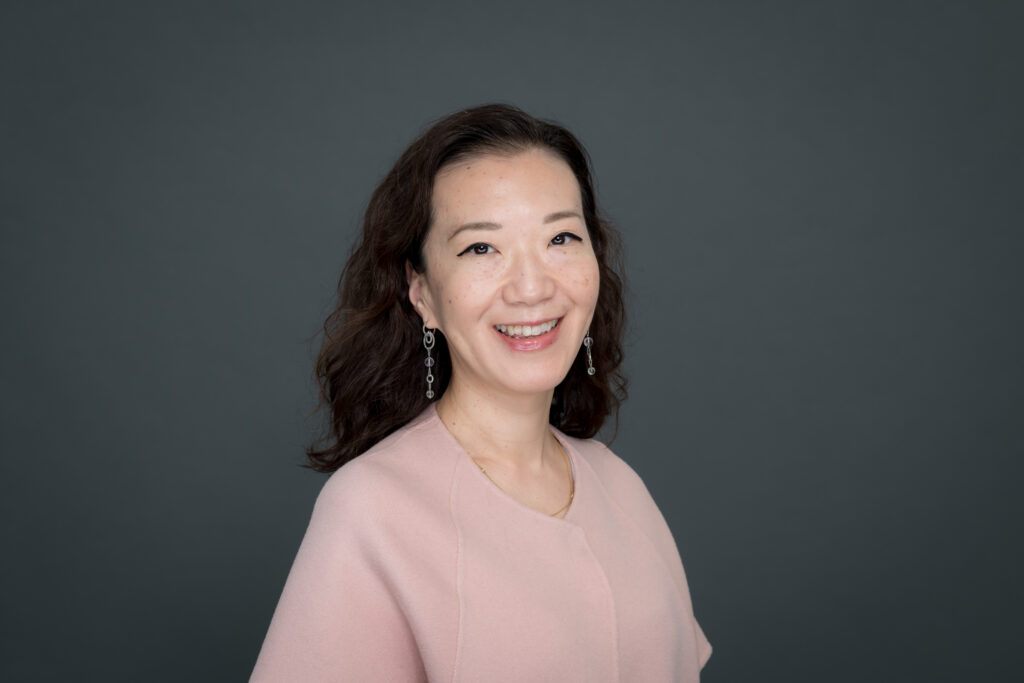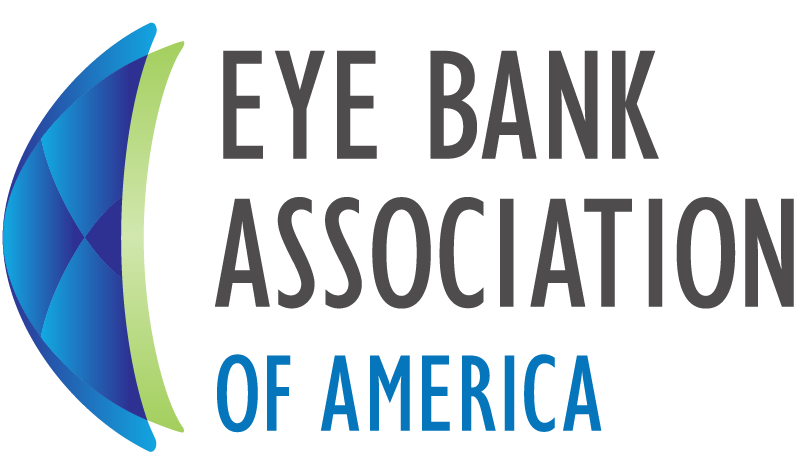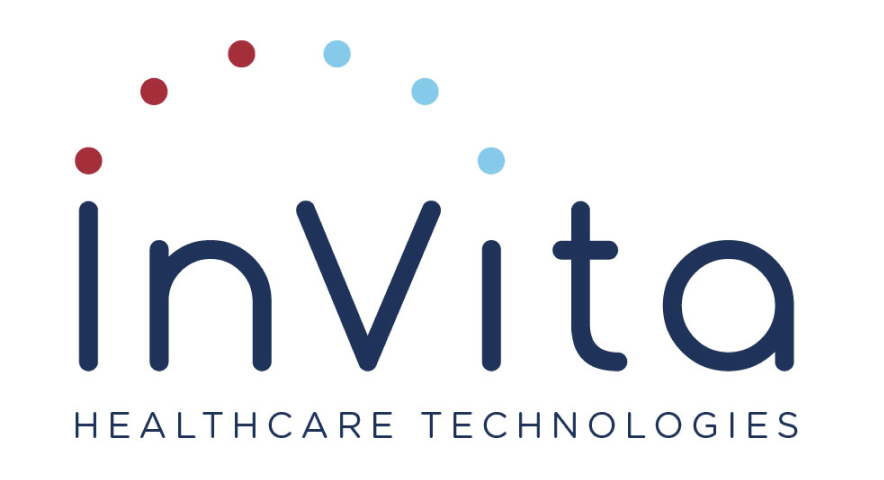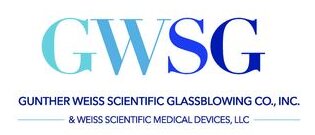Medical Director
The Eye Bank for Sight Restoration

Dr. Michelle Rhee had an atypical path into science and medicine. Until young adulthood, her focus was on the arts – specifically piano. Her mother is also a pianist and encouraged her interest and talent with the instrument. Michelle herself strived for musical excellence, as she spent her summers performing at musical festivals and the school year attending Juilliard’s pre-college program.
Michelle somehow always realized that piano was unlikely to be her career choice, but had no real inkling as to what she would focus on in her studies. She went to Princeton with a “blank slate and no real agenda.” During her sophomore year, a friend approached her with an interesting possibility; Mount Sinai Medical School in New York City was recruiting students from non-traditional backgrounds that wouldn’t typically align with applying to med school. They saw interest in the arts and humanities as an advantage in future physicians and wanted to reach out to these students to attract them to medicine. Michelle was one of 5 students from Princeton accepted into this prestigious program. As a result, Michelle attended mini-rotations at Mount Sinai one summer to get a glimpse of life as a doctor. Her father, a cardiologist, was very supportive of her – as was the rest of her family including her grandmother who was also a physician.
Michelle sees her time pursuing piano as an advantage in her medical career. She says, “It’s important to have something else you desire to be excellent at, rather than just traditional academics. It gives you experience—shows you struggle, competition…and serves you well.”
Medical school was (her words!) “a rude awakening.” She found her first two years very difficult academically because her lack of a pre-med background meant that the coursework was all new to her. However, she thrived during the clinical years while others struggled being outside the academic environment. One serendipitous sub-specialty experience in ophthalmology had her hooked, and she hasn’t looked back since.
Michelle calls eye banking the “unexpected gem” she found during residency. In the early 2000s residents didn’t have as much exposure to eye banking as they do now. During a ruptured globe repair, the injury was so severe that there wasn’t enough tissue to close the wound. The local eye bank sent emergency tissue immediately, and Michelle was “wowed” by their work.
She feels fortunate to have many mentors that have trained, supported, and inspired her, including Deepinder Dhaliwal, MD, David Ritterband, MD, and John Seedor, MD. Michelle takes to heart the words of advisor Wing Chu MD (medical director of The Eye Bank for Sight Restoration for more than 30 years) to “be involved”, and it is the reason she’s so active with The Eye Bank and EBAA today. She also credits Patricia Dahl and Noel Mick for continuing to support and spark her interests within eye banking. Currently, she is co-chair of the EBAA Accreditation Board.
“Eye banking is like a family, with a lot of cultivation of high standards in service of patients. What makes EBAA outstanding is the collaboration between eye banking professionals and physicians for a common goal. It’s very unique for an association in medicine,” Michelle says.
When giving advice to young girls considering careers in science, she urges them to, “be open to all experiences, and don’t be limited to STEM by definition. Science is more than a laboratory; empathy and the arts can assist you in being excellent. Science takes many paths.”


